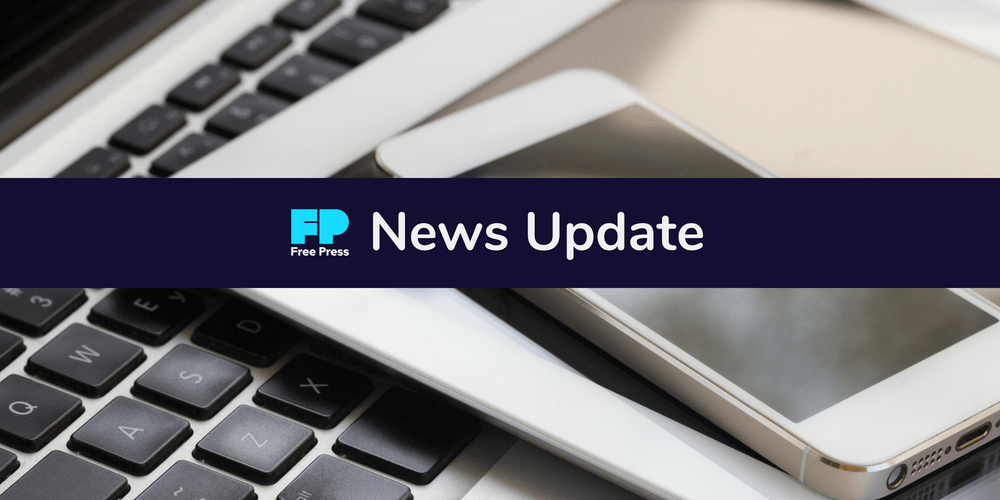Matt Wood Testifies Before Congress in Support of Affordable Broadband During the COVID Crisis and Beyond

WASHINGTON — What follows is the spoken testimony of Free Press Action Vice President of Policy and General Counsel Matt Wood, which will be delivered today before the House of Representatives’ Subcommittee on Communications and Technology.
Wood is testifying in support of treating broadband as an essential utility, and centering affordability and race in federal, state and local efforts to bridge the digital divide.
Wood’s full written testimony is available here (PDF).
Connecting America: Broadband Solutions to Pandemic Problems
Feb. 17, 2021
It’s an honor to appear before the subcommittee again. Of course, appearing today means on your screens, not in Rayburn where I think we’d all rather be.
In a sense, that’s just what this hearing is about. I can afford good enough internet service for three kids to attend school from home, and for me to join you online this morning too. But why can people who look like me more easily pay for this service, while it’s still out of reach for nearly a quarter of the people in this country?
The answer is all too obvious.
COVID has changed everything, as social distance showed beyond a doubt that broadband is an essential utility for learning and livelihoods. Yet it’s also changed nothing, merely highlighting and heightening the racial injustice and income inequality at our country’s root.
Measuring the digital divide depends on how we count people with mobile phones alone. But U.S. Census data shows more than 77 million people lack adequate home connections. This divide is based on income. Nine out of ten in the top income bracket are online; only two-thirds in the bottom bracket are. And that group is overly reliant on mobile. Just 48 percent of low-income people have wired broadband.
But we’re divided by race and ethnicity too. 26 percent of white people lack wired broadband at home, compared to 34 percent of Black people, 35 percent of Latinx people, and 41 percent of Indigenous people.
So 13 million Black, 18 million Latinx, and 1.3 million Indigenous Americans are without the broadband services they need. This means affordability is an even bigger challenge than rural deployment. Non-adopters in rural and urban areas surpass the number who lack physical access to broadband.
That’s why Mr. Veasey’s Emergency Broadband Benefit legislation, passed in the December spending and stimulus bill, was a landmark bipartisan achievement. It provides up to $50 a month, or $75 on Tribal lands, for any plan an eligible household can buy from participating ISPs. That’s enough to give people better options, and connect many who’ve never been online or who lost service in the pandemic.
That number spared disconnection by the previous FCC’s “Pledge,” as best we can tell, was something like one or two million customers. That’s a lot, but relatively few compared to the country as a whole. Yet that’s likely because many people most impacted by COVID were already offline. They couldn’t lose what they already lacked.
Why are so many still unconnected? High prices, plain and simple.
Now many people, including many of us here today, likely can’t say precisely what we pay for broadband. That’s because we may pay for it with less hardship; also because broadband’s often bundled with other services, at promotional rates that vanish over time, with modem-rental charges, overages, and other fees.
Even through that haze, we see concerning reports about price hikes and renewed data caps, all while big ISPs make record profits. Broadband has been a pandemic-proof business, in peak demand, with ISP revenues rising and subscriber rolls growing.
We need the FCC to collect more granular pricing data to get the full picture. But the Bureau of Labor Statistics Consumer Expenditures Survey shows average U.S. internet bills increased 19 percent in the first three years of the Trump administration. That means nominal broadband prices rose at more than four times the rate of inflation.
Wireless prices over that span weren’t quite as bleak, but with the T-Mobile/Sprint merger closing last April, the wireless Consumer Price Index spiked 4.1 percent in 2020. No other annual increase had exceeded 1 percent since tracking began in 1998. Coincidence? Not likely.
Prices are rising for entry-level tiers too. FCC data shows rates for lower-priced standalone broadband up 20 percent in five years, more than double the rate of inflation, and up 50 percent in some cities.
So what can we do? Stopping the prior FCC’s attacks on Lifeline is a start, but bigger permanent broadband benefits must come with more progressive sustainable funding — not increased regressive contributions.
We also need lower prices and increased choice from competition policy, and restored FCC authority so the agency can do more than ask ISPs to pledge just and reasonable service for all.
My written testimony details the failed efforts of the past four years, explaining that the prior FCC chairman didn’t actually spur broadband deployment or decrease prices like he claimed.
In fact, investment declined every year of Chairman Pai’s tenure. AT&T investment dropped 20 percent in 2020, and 52 percent from its peak in the last year for the Obama FCC. Comcast’s dropped 4 and half percent last year, down 22 percent from 2016.
But even if deregulation alone had increased deployment — and it didn’t — buildout alone would not lower price or increase adoption in the absence of competition, oversight, and more robust adoption subsidies.
Thank you, and I look forward to your questions.